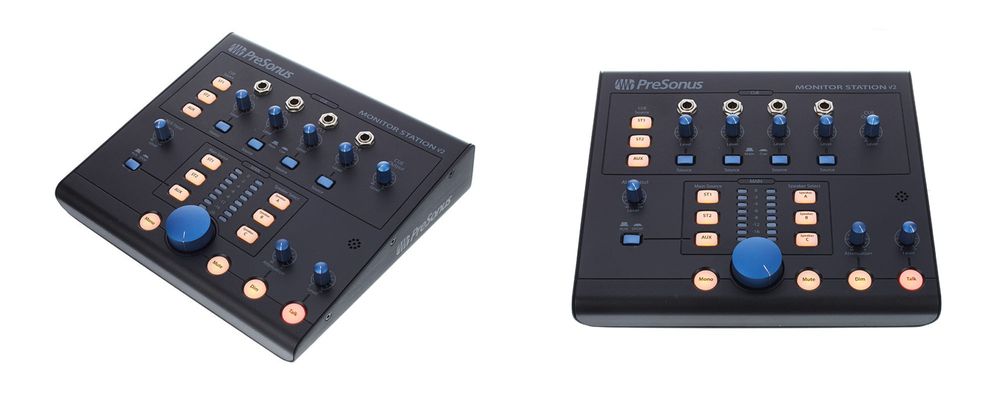9. Optional Controllers
DAW Controllers
Unfortunately, computers are almost exclusively set up for mouse or keyboard control. However, if you don't want to give up the traditional studio feeling and don't want to control your faders with your mouse, you're definitely not alone. Hardware audio control surfaces (often even equipped with motorised faders) are available, and they allow you to work intuitively with analogue controls in your virtual studio. They are not necessary, but make for more convenient work.
Keyboard Controllers (Master keyboards)
If you wand to generate MIDI arrangements, you'll need a master keyboard to input the MIDI messages. Depending on your requirements, keyboards with 25, 32, 49, 61, 73 or 88 keys are available. Apart from the keyboard itself, many keyboard controllers also feature additional MIDI controllers (e.g. rotary pots or faders). Some models also come with controller pads as an alternative way of adding drum rhythms. Nowadays, keyboard controllers are usually connected via USB, and some models are additionally equipped with a normal MIDI interface.
Studio or Monitor Controllers
If you operate several monitoring speakers, or if you have several sound sources you'd like to monitor, a monitor controller is the right choice for you. Typically, these devices feature various inputs for different audio sources. At the same time, they come with a number of stereo outputs to connect up to three speaker pairs. You'll also often find them equipped with additional features, such as DIM (volume reduction), MONO (adds the two stereo channels to a mono output), or MUTE (mutes the volume). Some models also feature an additional talk-back function, as well as one or more headphone outs. A monitor controller should transport the sound neutrally without altering the signal from the interface to the speakers.





